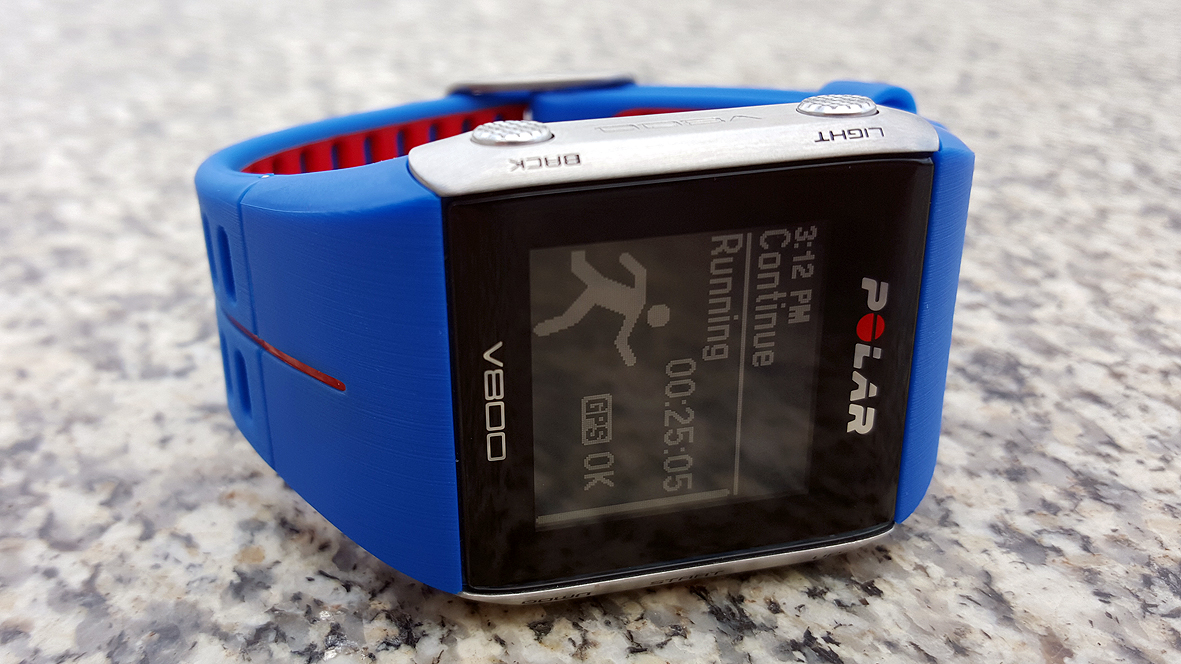TechRadar Verdict
Triathletes and other multi-sport fitness fans will love this. If you only go running, it's probably overkill, but that's up to you and your wallet…
Pros
- +
Strong build quality. Easy to use, yet very powerful. Impressive battery life.
Cons
- -
Highly annoying charging/syncing connector. The heft won't suit everyone and makes it a dubious choice for all-day wear. Not much use as a sleep tracker.
Why you can trust TechRadar
Update: A recent software update has added much anticipated Android Smart Notifications to the running watch. We've updated our review to reflect this.
The Polar V800 is Polar's flagship multisport watch. This means it's a more complex and beefy version of its little brother the Polar M400, built to compete head-to-head with the Suunto Ambit3 range, TomTom Multisport Cardio and Garmin Forerunner 920XT and 620. Do feel free to click on those links, now!
Rather like Garmin's omni-competent Forerunner 920XT, though the Polar V800 is mainly aimed at triathlon types - it has both pool and open water swimming modes, as well as run and cycle tracking, it's also a very competent running watch.
Although beefier than the M400, the V800 still needs a standalone chest strap to monitor heart rate, in this case the Polar H7. Although initially at the absolute top end of running watches price-wise (£400/$520 with HR strap), it's now available online for around £260/$340 with the H7 heart rate strap, and even less on its own, making it a much stronger proposition.
Oh, and as a final deal sweetener, a recent firmware upgrade means it now boasts smartwatch-type alerts when synced with an iOS device.
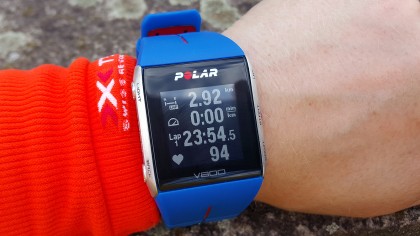
Screen and battery life
The Polar V800 has many aspects in common with the M400, and the screen is one of them. A backlit monochrome dot matrix LCD number, which according to Polar is a "high resolution display" – though at 128x128 pixels, you might beg to differ on that. It's clear in most lighting conditions, and has a small range of different watch faces to suit your taste.
Although the actual display unit is indistinguishable from the M400, the V800 has added a nicely bevelled Gorilla Glass cover to the mix, enhancing both waterproofing – it's good to a depth of 30m – and toughness. It does add a premium feel, befitting the higher price point.
Sign up for breaking news, reviews, opinion, top tech deals, and more.
Battery life is strong, barely being dented by consecutive days tracking 4-hour cycle rides and 10km runs. Garmin claims it'll power along for 13 hours of training time, with no fewer than 50 hours in GPS low power mode, and 30 days in GPS-less "time mode" with daily activity monitoring – ie, if you use it like a step counter.
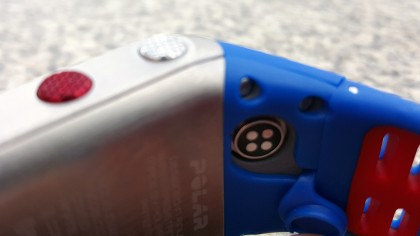
The long battery life is good for two reasons, the second being that the clothespeg-style USB charger clip is on the irritating side. Getting a good fit on the rear port shown above requires practice, and usually a bit of wiggling to make contact. If there was one thing we'd change about the Polar V800, this would be it.
Build, design, look, feel and strap
The build of the Polar V800 is robust. VERY robust. On this overtly macho watch, the Gorilla Glass screen is bounded by aluminium, with alloy buttons, which then merge smoothly into a stainless steel back. As such, it's a clear step up from the M400, and delivers a pleasing feeling of permanence and heft, though at 12.7mm thick, not so much heft that it gets in your way.

Admittedly, the weight IS increased by the more solid build, up to a solid 79 grams. This reminds you you're wearing it, but isn't excessive.
I got the pleasingly retro blue-red strap version to test, but there's a more muted all-black version for stealth triathletes and special forces members.
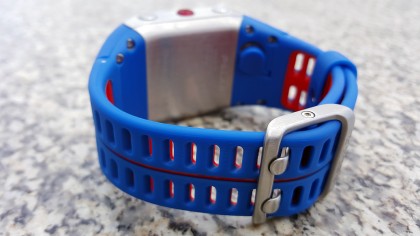
The strap conceals the bespoke charge/sync port and features a double-buckle, in the same vein as the TomTom Cardio. It's comfortable and solid, which is a must if you're swimming in open water.
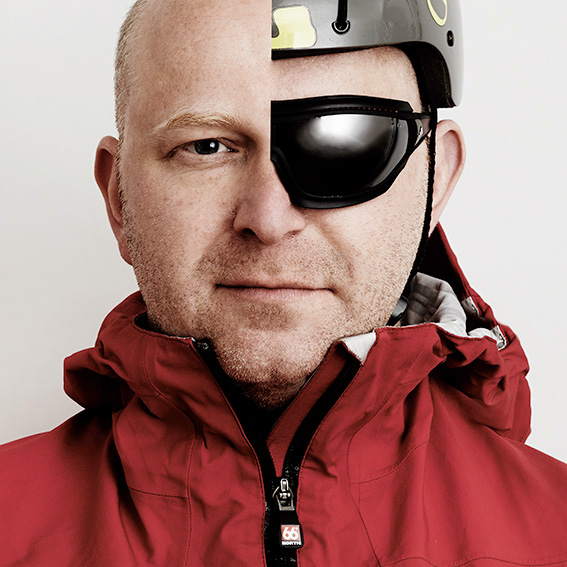
Mark Mayne has been covering tech, gadgets and outdoor innovation for longer than he can remember. A keen climber, mountaineer and scuba diver, he is also a dedicated weather enthusiast and flapjack consumption expert.
